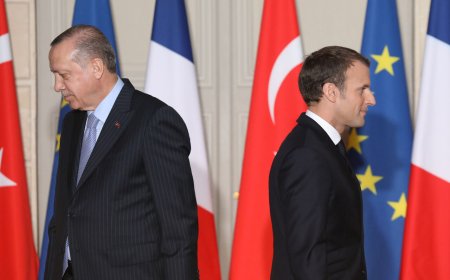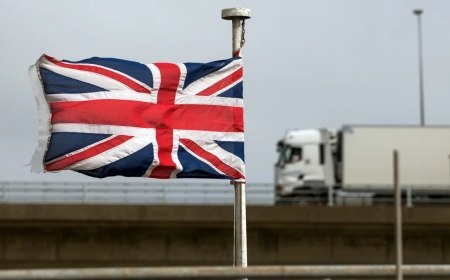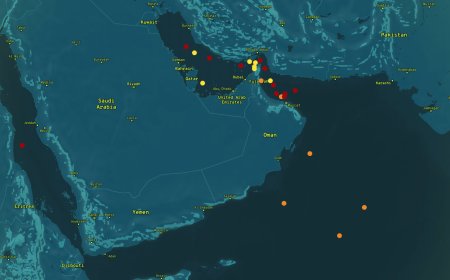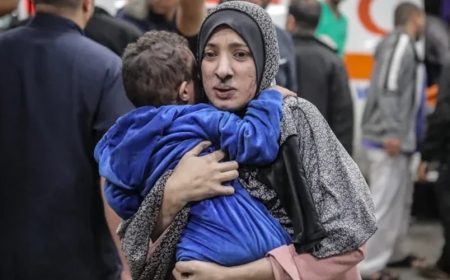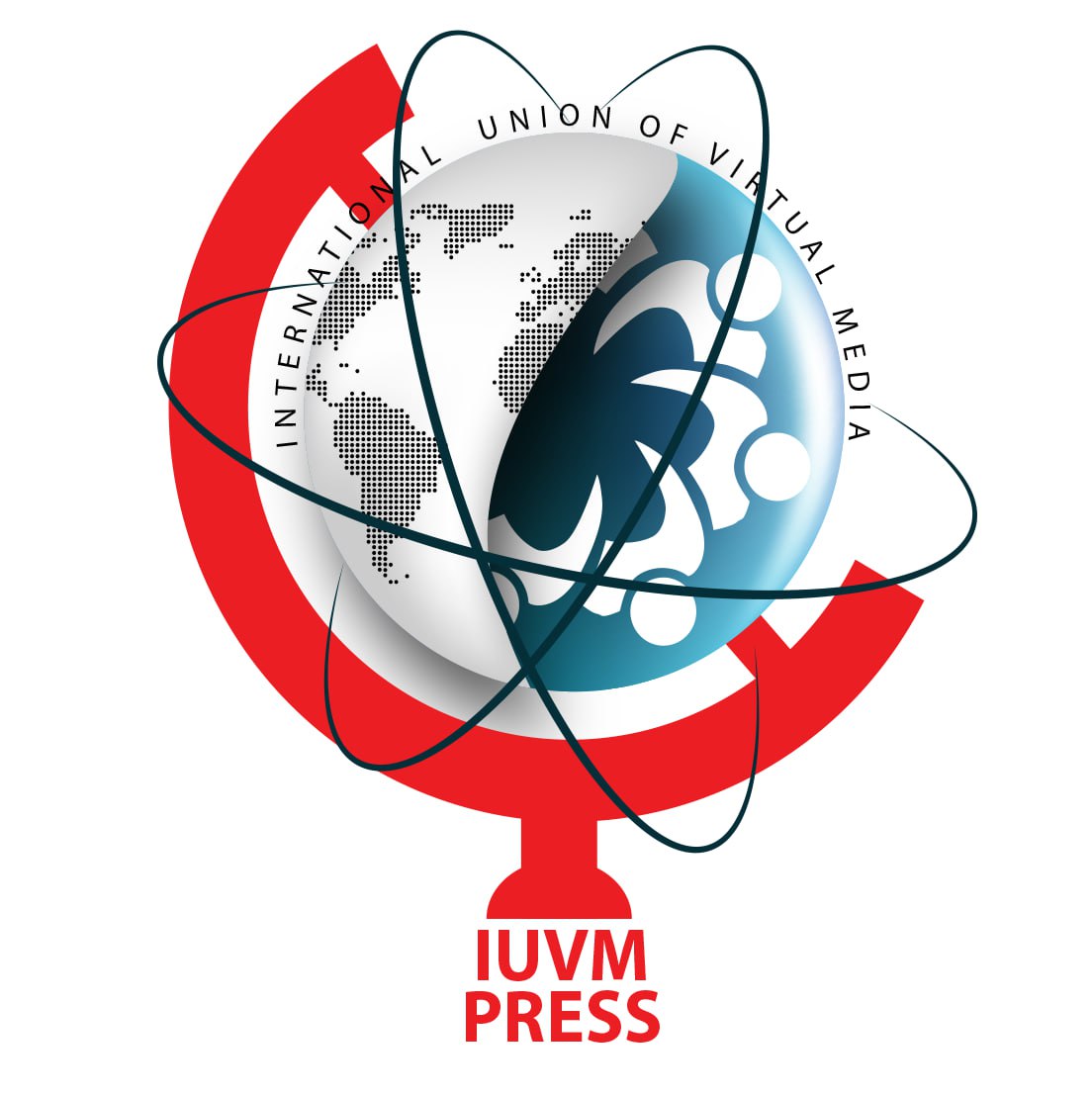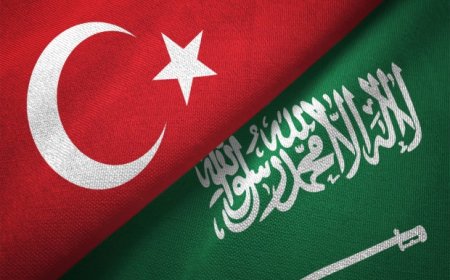Jet Diplomacy: How Turkey is weaponizing Defense Deals to Shift Regional power
Ultimately, Turkey’s pursuit of Eurofighter Typhoons reflects a comprehensive strategy aimed at fleet modernization, defense diversification, and regional balance against well-armed neighbors like Greece. By bridging the gap until KAAN enters full service, Ankara signals its commitment to military self-reliance while adeptly navigating the political complexities of the Eurofighter consortium—affirming its status as a key military actor within NATO.
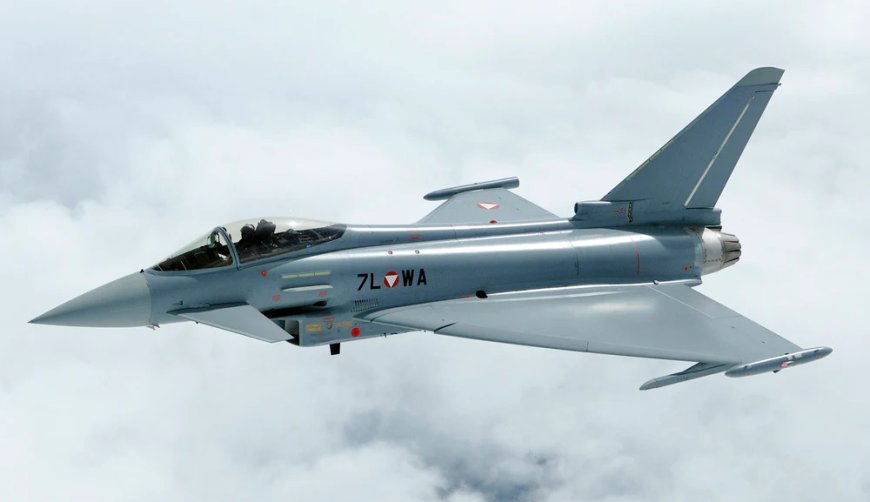
Turkey’s decision to purchase Eurofighter Typhoon jets from the European consortium (comprising the UK, Germany, Italy, and Spain) marks a significant turning point in the country’s defense strategy. This move aligns with Ankara’s geopolitical ambitions and the evolving regional and global security landscape. Several key factors—including Turkey’s exclusion from the F-35 fighter jet program and the urgent need to modernize its aging air fleet—have made this acquisition imperative. The Eurofighter deal also reflects Turkey’s broader strategic objectives: reducing reliance on traditional military suppliers, maintaining a balance of power in the volatile Mediterranean region, and reinforcing its strategic standing in the international system.
In addition to diversifying its defense sources and pursuing self-sufficiency, Turkey’s move to acquire the Eurofighter Typhoon also underscores a strategic objective: reducing its historical dependence on the United States as its primary military supplier. Cooperation with the Eurofighter consortium aligns with this strategy and could pave the way for technology transfer and joint production opportunities. This complements Turkey’s broader efforts to attain greater autonomy in its defense posture, as evidenced by the increase in domestic production to 80% by 2023 and the advancement of major projects such as the Altay tank, the Anka drone, and the MILGEM warship.
Maintaining aerial balance in the region, particularly amid Turkey’s complex and often tense relations with Greece, is also crucial. Air superiority in the Aegean and Eastern Mediterranean is deemed vital for defending territorial waters, securing economic interests, and strengthening national sovereignty. While Turkey maintains a larger overall military force, Greece is modernizing its air force with French Rafale jets (equipped with Meteor missiles) and U.S.-made F-35s. Turkey sees the acquisition of Eurofighters—especially with comparable Meteor-class missiles—as critical to preserving credible deterrence and ensuring regional air power parity. However, Greece has strongly opposed this move, particularly Ankara’s potential access to Meteor missiles.
The Eurofighter deal also serves as a mid-term solution for Turkey as it works toward bringing its indigenous fifth-generation fighter jet, the "KAAN," to operational maturity. KAAN, which had its maiden flight in February 2024, is Turkey’s most ambitious aerospace project to date and is intended to eventually replace the aging F-16 fleet. However, the program faces technical challenges, including the development of a domestic engine—unlikely to be ready before the early 2030s. In the meantime, the Eurofighter will fill a critical capability gap, while ongoing collaboration with BAE Systems (a member of the Eurofighter consortium) on the KAAN project may accelerate technology transfer to Turkey.
Nevertheless, despite public support from the UK, Italy, and Spain, Germany invoked its veto within the Eurofighter consortium in April 2025, citing concerns over the arrest of opposition mayor Ekrem İmamoğlu and broader EU–Turkey relations. This move triggered Turkish diplomatic efforts to persuade Germany to reverse its decision. NATO countries—especially the UK and Spain—pressured Berlin to lift the block, arguing that the readiness of Turkey’s air force directly impacts NATO’s collective defense posture in the Eastern Mediterranean. Turkey, in turn, leveraged its essential role in managing migrant flows and counterterrorism efforts to strengthen its negotiating position—demonstrating a more assertive military diplomacy and geopolitical bargaining strategy.
Ultimately, Turkey’s pursuit of Eurofighter Typhoons reflects a comprehensive strategy aimed at fleet modernization, defense diversification, and regional balance against well-armed neighbors like Greece. By bridging the gap until KAAN enters full service, Ankara signals its commitment to military self-reliance while adeptly navigating the political complexities of the Eurofighter consortium—affirming its status as a key military actor within NATO. Turkey’s evolving air power posture highlights its ambition to expand its political and military footprint in the international system and maintain its role as a pivotal regional and global player. Whether Turkey can fully leverage its tools to achieve this goal remains to be seen.
Translator: Ashraf Hemmati
Author: Amin Mahdavi











